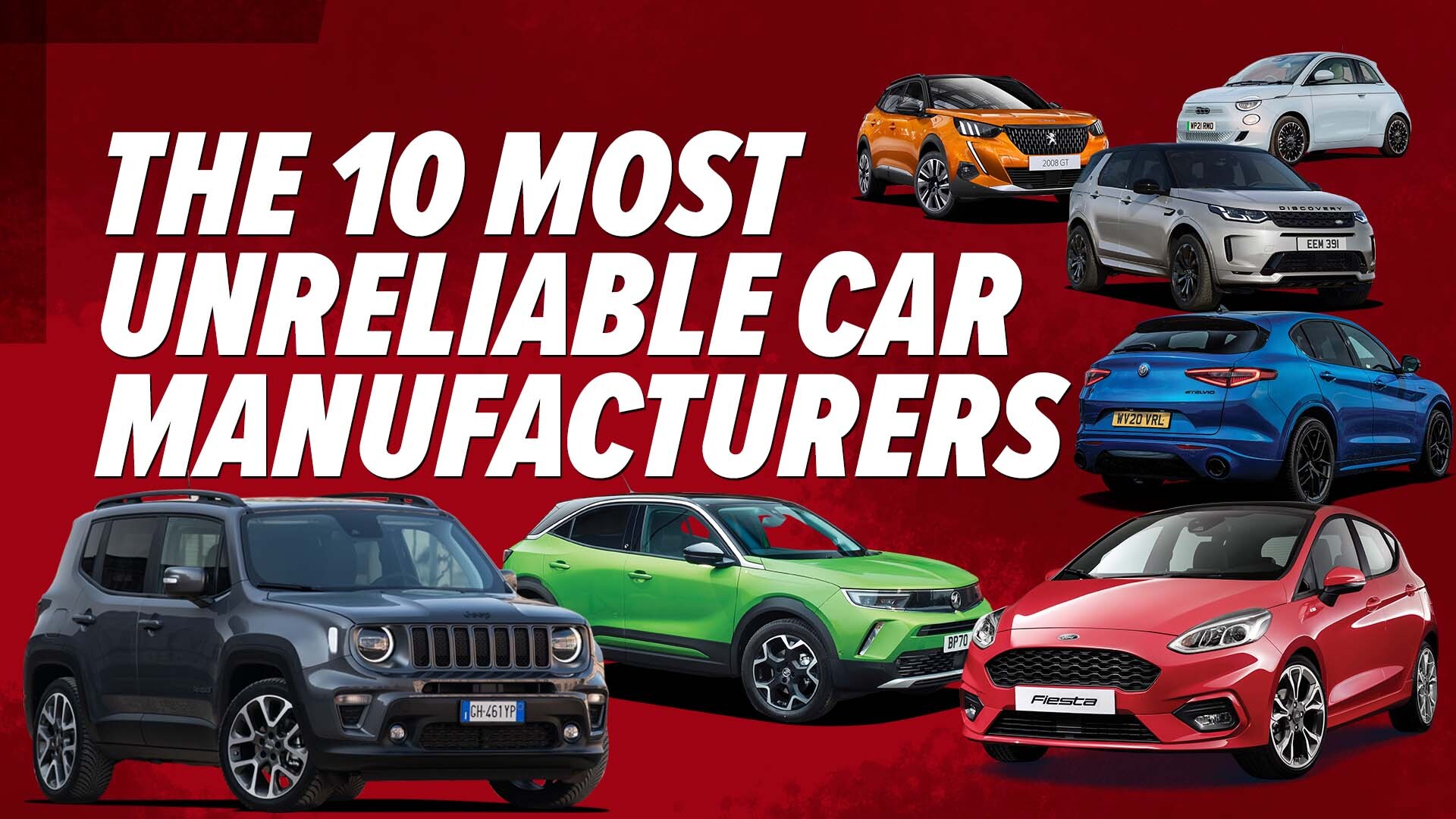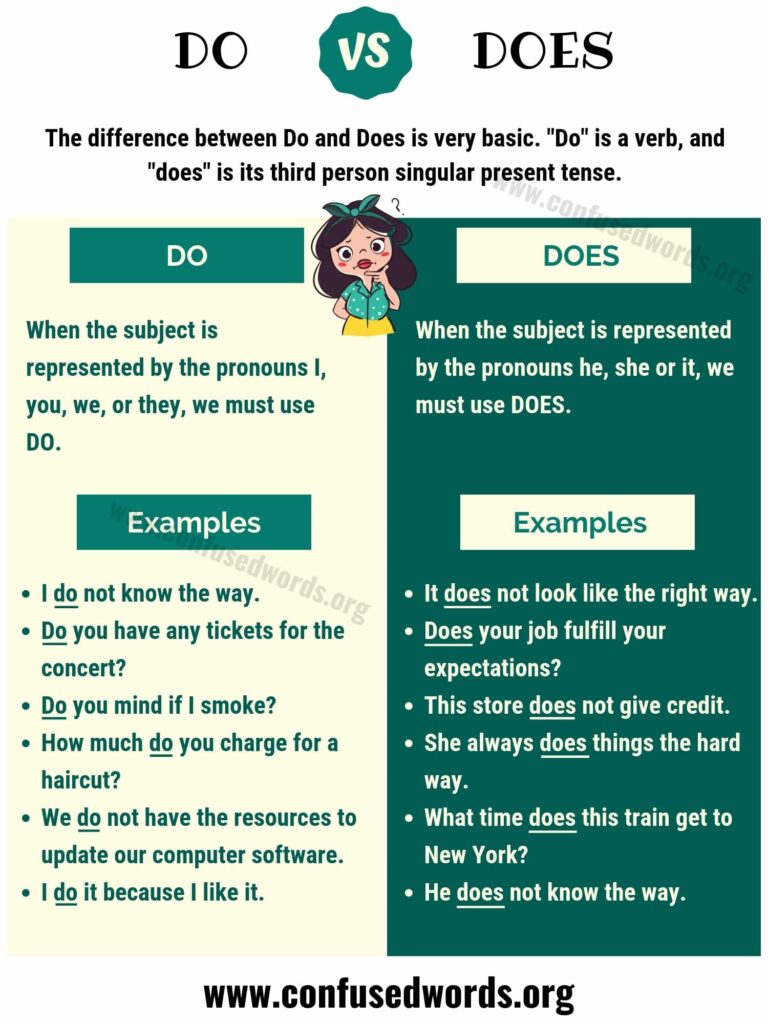Worst Car Brands: A Comprehensive Guide to Avoiding Automotive Pitfalls
Worst Car Brands: A Comprehensive Guide to Avoiding Automotive Pitfalls cars.truckstrend.com
Choosing a car is one of the most significant financial decisions many people make, second only to buying a home. While the allure of a sleek design, powerful engine, or attractive price tag can be strong, looking beneath the surface is crucial. Just as there are brands renowned for their reliability and customer satisfaction, there are others that consistently fall short, earning the unenviable title of "worst car brands." This isn’t just about personal preference or subjective opinion; it’s often backed by empirical data, consumer reports, and the collective experience of countless owners.
Understanding what constitutes a "worst car brand" and, more importantly, how to identify them, is vital for any prospective car buyer. It can save you thousands in unexpected repair costs, prevent countless hours of frustration, and protect your long-term financial health. This comprehensive guide will delve into the metrics that define underperforming brands, offer practical advice for avoiding them, and discuss the often-hidden costs associated with owning a lemon.
Worst Car Brands: A Comprehensive Guide to Avoiding Automotive Pitfalls
Defining "Worst": What Metrics Matter?
The designation of a "worst car brand" isn’t a casual insult; it’s a label earned through consistent underperformance across several critical areas. When evaluating a brand, experts and consumers alike typically look at the following key metrics:
- Reliability and Durability: This is arguably the most crucial factor. A reliable car breaks down less frequently, requires fewer unscheduled repairs, and its components last longer. Brands consistently ranking low here often suffer from recurring mechanical, electrical, or structural issues.
- Safety Records: While most modern cars meet basic safety standards, some brands excel in offering advanced safety features and perform exceptionally well in crash tests, while others merely meet the minimum or have specific design flaws that compromise safety.
- Owner Satisfaction: This metric reflects how happy owners are with their vehicle over time, encompassing everything from driving experience and comfort to dealer service and overall ownership costs. Low satisfaction often points to persistent problems or unmet expectations.
- Depreciation and Resale Value: Cars are depreciating assets, but some depreciate far more rapidly than others. Brands known for poor quality or reliability often have significantly lower resale values, meaning owners lose more money when they sell or trade in their vehicles.
- Cost of Ownership: Beyond the initial purchase price, this includes fuel economy, insurance premiums, routine maintenance costs, and, crucially, the frequency and expense of repairs. Brands with high repair costs due to complex engineering, expensive parts, or frequent breakdowns can drain an owner’s wallet.
- Build Quality and Materials: The fit and finish, the quality of interior materials, and the overall solidity of the vehicle contribute to its perceived value and long-term durability. Poor build quality can lead to rattles, squeaks, and premature wear.

Common Traits of Underperforming Brands
While specific issues vary, brands that consistently find themselves on "worst" lists often share common characteristics:
- Persistent Electrical Gremlins: Modern cars are heavily reliant on complex electrical systems. Brands struggling in this area often present with issues ranging from malfunctioning infotainment systems to critical sensor failures, which can be notoriously difficult and expensive to diagnose and fix.
- Frequent Mechanical Failures: Engines, transmissions, and suspension components are the heart of a vehicle. Brands with high rates of failure in these core areas indicate fundamental design or manufacturing flaws.
- Rapid Depreciation: As mentioned, a quick loss of value often signals a market perception of poor reliability or high ownership costs, making it a bad long-term investment.
- Poor Customer Service/Dealer Network: Even reliable cars need service. Brands with a sparse or poorly rated dealer network can make routine maintenance or warranty claims a frustrating ordeal.
- Outdated Technology or Design Flaws: While not directly a reliability issue, a brand that consistently lags in technology or has ergonomic design flaws can significantly impact owner satisfaction and perceived value.
- Expensive and Hard-to-Find Parts: Some brands, especially those with niche markets or complex proprietary systems, have parts that are exorbitantly priced or require long waits for delivery, driving up repair costs and downtime.


Identifying Red Flags Before You Buy
Being an informed consumer is your best defense against buying a problematic vehicle. Here’s how to identify red flags:
- Consult Reliability Surveys: Organizations like Consumer Reports, J.D. Power, and RepairPal annually publish extensive reliability surveys based on millions of owner experiences. These are invaluable resources for identifying trends.
- Read Owner Forums and Reviews: While anecdotal, persistent complaints across multiple owners on forums dedicated to a specific model or brand are strong indicators of widespread issues. Pay attention to recurring themes.
- Check Recalls and Technical Service Bulletins (TSBs): The National Highway Traffic Safety Administration (NHTSA) website lists all recalls. TSBs are communications from manufacturers to dealerships about common problems and their solutions. A high number of TSBs can signal design weaknesses.
- Get a Pre-Purchase Inspection (PPI): For used cars, a PPI by an independent, trusted mechanic is non-negotiable. They can identify existing problems or potential future issues that aren’t obvious to the untrained eye.
- Evaluate the Total Cost of Ownership: Don’t just look at the sticker price. Research average repair costs, insurance premiums, fuel efficiency, and estimated depreciation for the specific model you’re considering. Websites like Edmunds and Kelley Blue Book offer useful tools for this.
- Consider the Warranty: While a longer warranty might seem reassuring, it can sometimes be a subtle indicator that the manufacturer anticipates issues. More importantly, understand what the warranty covers and for how long.
Brands Often Cited for Specific Challenges (with caveats)
It’s important to note that "worst" can be subjective and vary by model year, specific vehicle, and individual experience. Furthermore, manufacturers are constantly improving. However, based on consistent trends in reliability surveys over the years, certain brands have frequently appeared on "least reliable" lists. These often include:
- Fiat: Known for persistent electrical issues, infotainment glitches, and overall mechanical reliability concerns, particularly in older models.
- Chrysler/Jeep (some models): While improving, some models from these Stellantis brands have historically struggled with transmission issues, electrical problems, and build quality inconsistencies.
- Land Rover/Jaguar: Despite their luxury appeal, these brands have often ranked low in reliability due to complex electronics, air suspension issues, and expensive repairs, though recent models show some improvement.
- Alfa Romeo: While lauded for their driving dynamics and styling, their reliability has often been a significant concern, with electrical faults and mechanical issues being reported.
- Mini: Though charming, some Mini models have faced criticism for engine issues, electrical problems, and high maintenance costs.
- Mitsubishi: While generally inexpensive, some models have been criticized for lacking refinement, outdated technology, and less robust build quality compared to competitors, though their reliability varies.
Disclaimer: These are general observations based on historical data and consumer reports. A specific model from any of these brands could be perfectly reliable, and manufacturers are constantly striving to improve. Always do your research on the specific model and year you are considering.
The Hidden Costs of Owning a "Worst" Car
The initial savings from buying a cheap, unreliable car can quickly evaporate, replaced by a constant drain on your finances and patience.
- Frequent and Expensive Repairs: This is the most obvious cost. A car that breaks down often requires not just parts and labor, but also towing fees, rental car costs, and the invaluable cost of your lost time and stress.
- Rapid Depreciation: As detailed, a car from a "worst" brand loses value much faster. When it comes time to sell or trade it in, you’ll recover a significantly smaller portion of your original investment.
- Higher Insurance Premiums: Insurers factor in repair costs and theft rates. If a brand is known for expensive repairs, your premiums might be higher.
- Increased Downtime: A car in the shop isn’t just a financial burden; it’s a major inconvenience that disrupts your daily life, impacting work, errands, and leisure activities.
- Frustration and Stress: The emotional toll of constantly worrying about breakdowns, dealing with mechanics, and managing unexpected expenses cannot be overstated.
Comparative Cost of Ownership Factors for "Worst" vs. "Average" Brands
To illustrate the financial implications, consider this general comparison:
| Cost Factor | Typical for Brands on "Worst" Lists (Examples) | Typical for Average/Reliable Brands (Examples) | Explanation |
|---|---|---|---|
| Annual Repair & Maintenance | High ($800 – $1500+) | Moderate ($400 – $800) | Frequent breakdowns, expensive parts, specialized labor often drive up costs significantly. |
| Depreciation Rate (3-5 years) | Very High (60-75% loss of MSRP) | Moderate (40-55% loss of MSRP) | Poor reputation and high ownership costs deter future buyers, leading to steep value drops. |
| Resale Value Retention | Poor (Low demand, difficult to sell) | Good (Consistent demand, easier to sell) | Buyers are wary of known issues, reducing market desirability and increasing selling effort. |
| Frequency of Major Breakdowns | High (Multiple per year, often complex) | Low (Infrequent, often minor) | More time spent in the shop, more unexpected expenses, and higher risk of being stranded. |
| Parts Availability & Cost | Limited/Expensive (Specialized, import) | Readily available/Reasonable | Niche brands or complex designs can mean long waits for parts and higher prices for components. |
| Insurance Premiums | Potentially Higher (Due to repair costs/theft) | Average | Insurers may charge more if a model is prone to expensive repairs or has a higher theft rate. |
| Overall Cost of Ownership | Very High (Initial cost + ongoing expenses) | Moderate (Initial cost + manageable expenses) | The cumulative effect of all factors leads to a significantly higher total cost over the vehicle’s lifespan. |
Mitigating Risks: What to Do If You Own One (or Consider One Cheaply)
Sometimes, despite best intentions, you might end up with a car from a less-than-stellar brand, or perhaps you’re considering a very cheap deal on one. Here’s how to manage the risk:
- Proactive Maintenance: Stick rigorously to the maintenance schedule. Even better, be proactive. Address minor issues before they become major problems.
- Build a Relationship with a Specialist Mechanic: For brands with known issues, finding a mechanic who specializes in that make can save you money and headaches. They often know the common failure points and more efficient repair methods.
- Consider an Extended Warranty (Carefully): If you’re buying a new car from a potentially problematic brand, or a used one with known issues, a comprehensive extended warranty from a reputable provider can be a lifesaver. Read the fine print meticulously.
- Factor in Depreciation: If buying cheaply, understand that resale will also be low. Don’t expect to recover much value.
- Know When to Cut Your Losses: At some point, the cost of repairs might outweigh the car’s value. Don’t throw good money after bad. Be prepared to sell or scrap the vehicle if it becomes a money pit.
- DIY for Minor Issues: For mechanically inclined individuals, learning to perform basic diagnostics and minor repairs can save significant labor costs.
Conclusion: Drive Smart, Not Just Stylish
Choosing a car is about more than just aesthetics or initial price; it’s about investing in a reliable mode of transportation that serves your needs without draining your bank account or your patience. Understanding what makes a "worst car brand" and actively avoiding them is a cornerstone of smart car ownership. By prioritizing reliability, low cost of ownership, and strong resale value, you can ensure that your vehicle remains a valuable asset and a source of convenience, not a recurring nightmare. Do your homework, trust the data, and drive confidently, knowing you’ve made an informed decision.
Frequently Asked Questions (FAQ)
Q1: How are "worst" car brands determined?
A1: "Worst" brands are typically determined by consistent poor performance in reliability surveys (e.g., Consumer Reports, J.D. Power), high frequency of recalls, low owner satisfaction scores, rapid depreciation, and high average cost of ownership due to frequent or expensive repairs.
Q2: Does "worst car brand" mean every model from that brand is bad?
A2: Not necessarily. While a brand may have a reputation for poor reliability overall, specific models or model years can be exceptions. Manufacturers also continuously improve. Always research the specific model and year you are interested in, rather than relying solely on brand generalizations.
Q3: Can I get a good deal on a car from a "worst" brand?
A3: You might find very attractive purchase prices, especially on the used market, precisely because of their reputation for unreliability and rapid depreciation. However, these initial savings are often dwarfed by the higher costs of ownership, including frequent repairs and extremely low resale value.
Q4: What should I do if I already own a car from a brand known for reliability issues?
A4: Be proactive with maintenance, stick strictly to the service schedule, and address any warning signs immediately. Consider building a relationship with a mechanic specializing in that brand. If the repair costs become excessive relative to the car’s value, it might be time to consider selling it, even at a loss, to stop the financial drain.
Q5: Are luxury brands ever considered "worst" in terms of reliability?
A5: Yes, surprisingly often. Many luxury brands incorporate complex, cutting-edge technology and sophisticated engineering, which can lead to more points of failure and incredibly expensive repairs when issues arise. Brands like Land Rover, Alfa Romeo, and sometimes even Audi or Mercedes-Benz have appeared on "least reliable" lists in various years, despite their high price tags and prestige.






